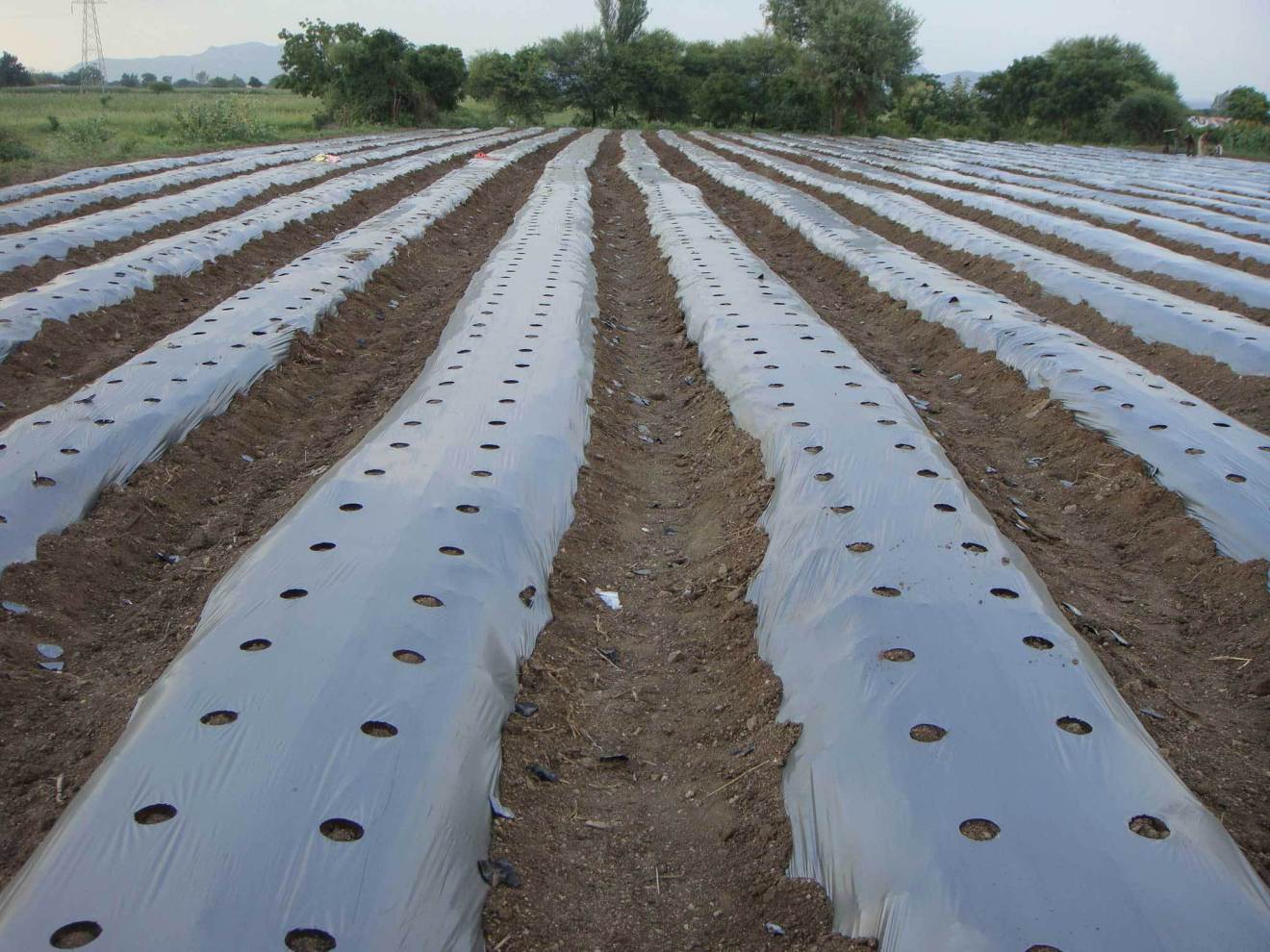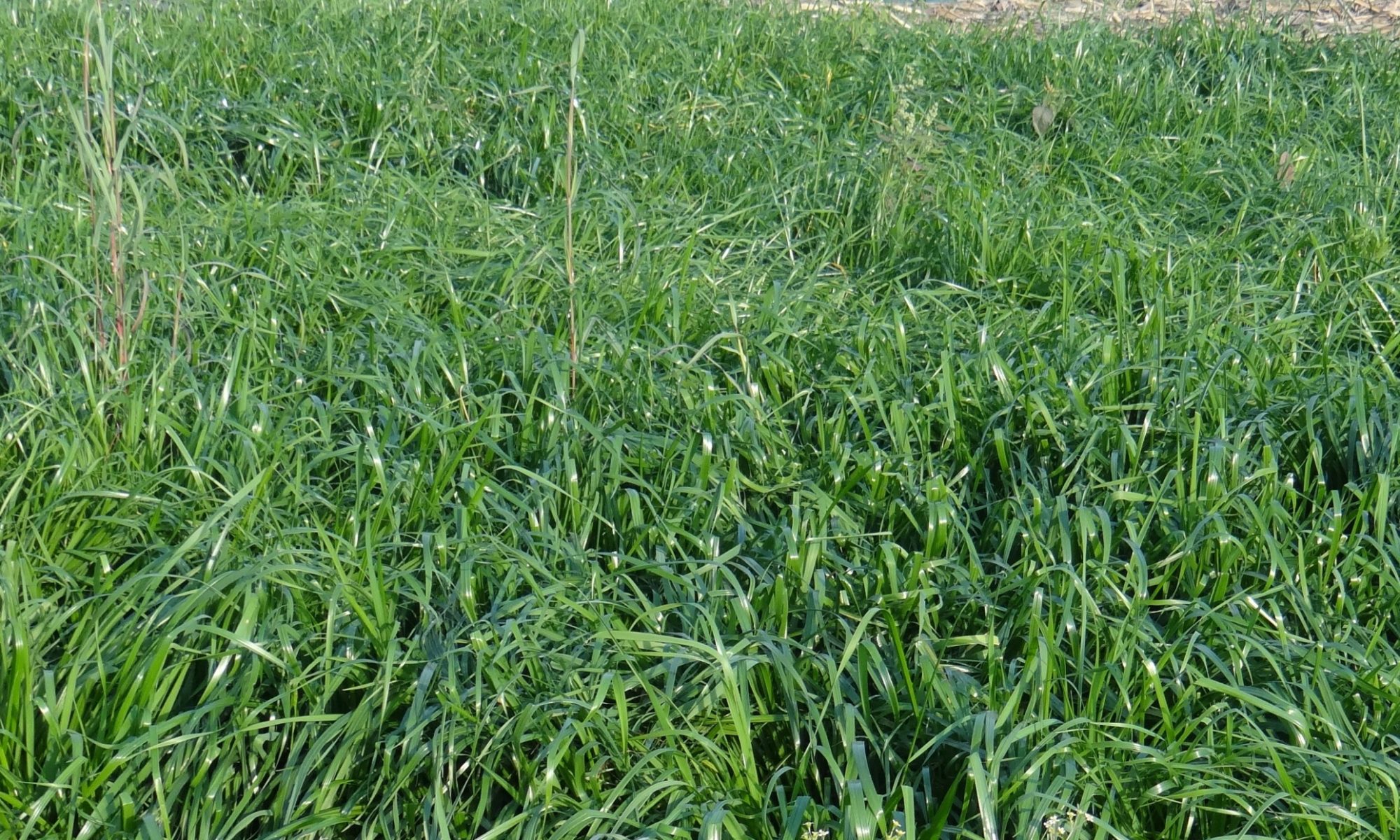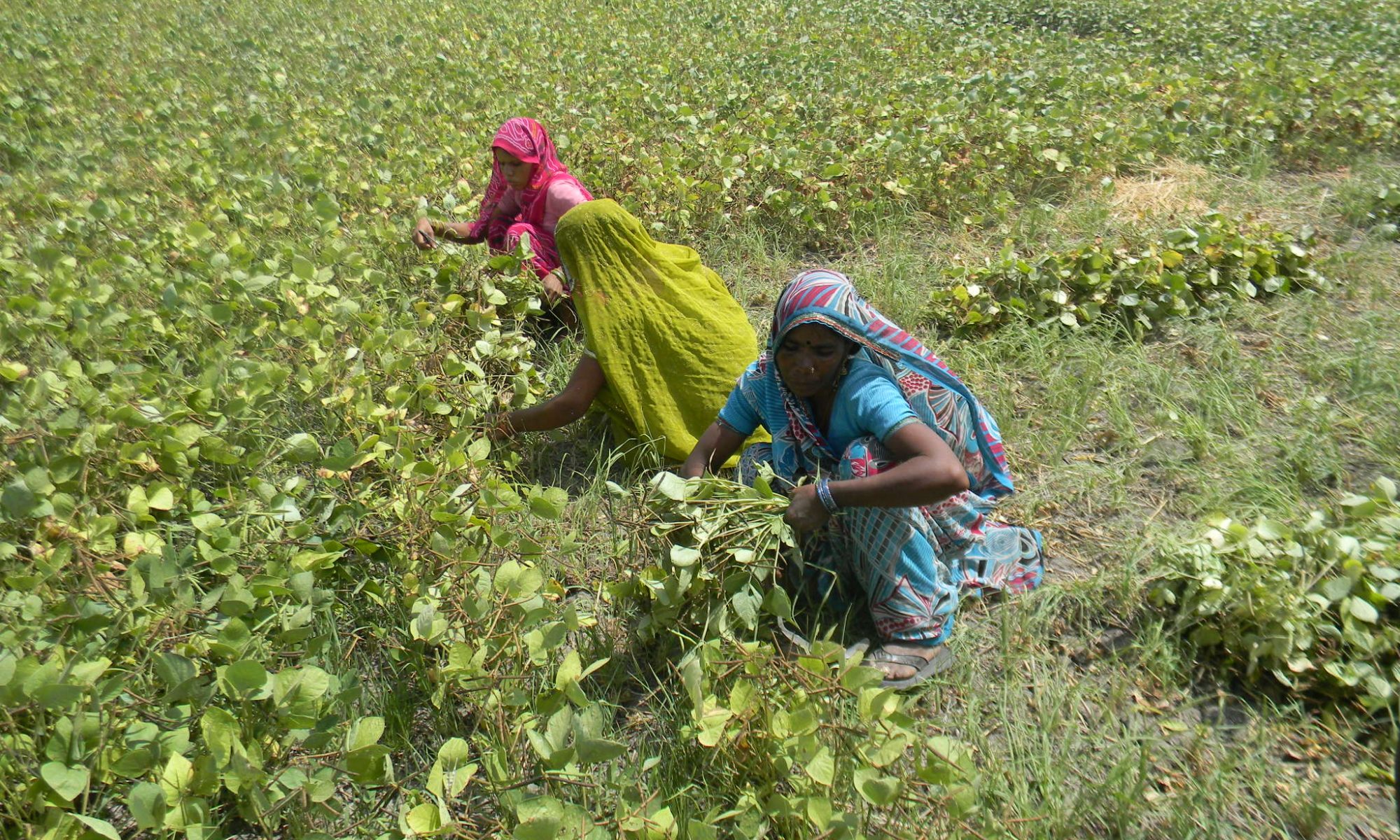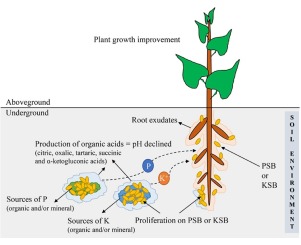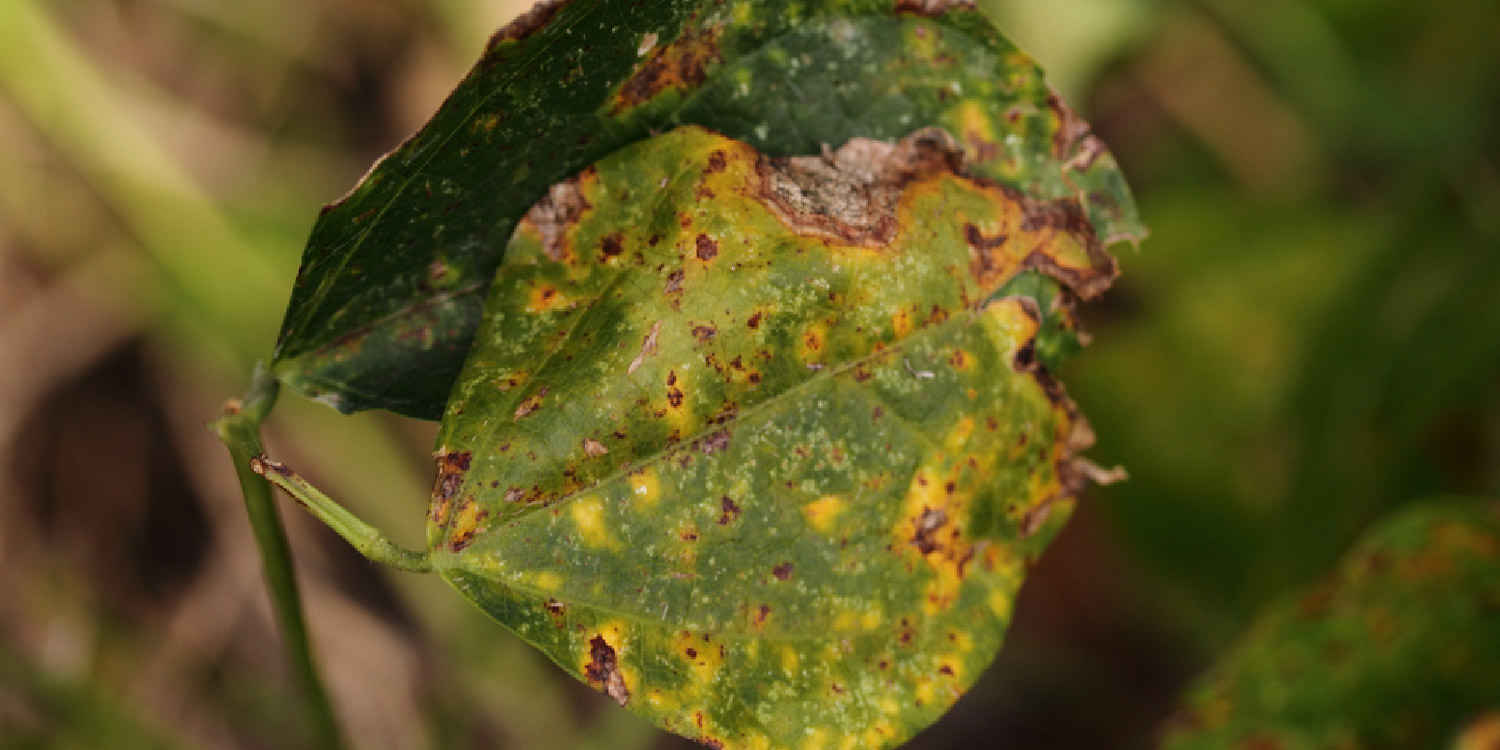- Infected roots are formed by nodules and indeterminate shape.
- For its control-Select healthy and disease-free seeds.
- Clean the machines and tools being used in the field.
- Properly manage the weed in the coriander crop.
- Before sowing the coriander, plough the farm deeper and leave the farm open in summer.
- When the infection occurs on the plant, then apply biological control of Paecilomyces lilacinus @ 2-4 kg per acre from drip irrigation.
Like and share with other farmers by clicking on button below.
Share


